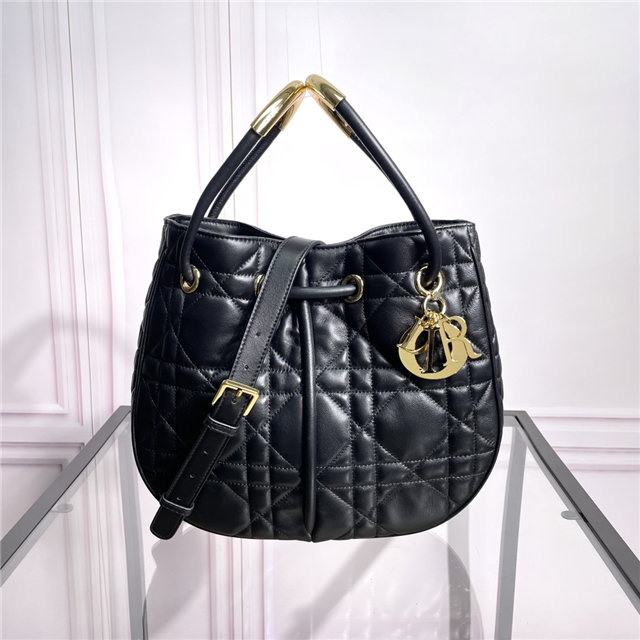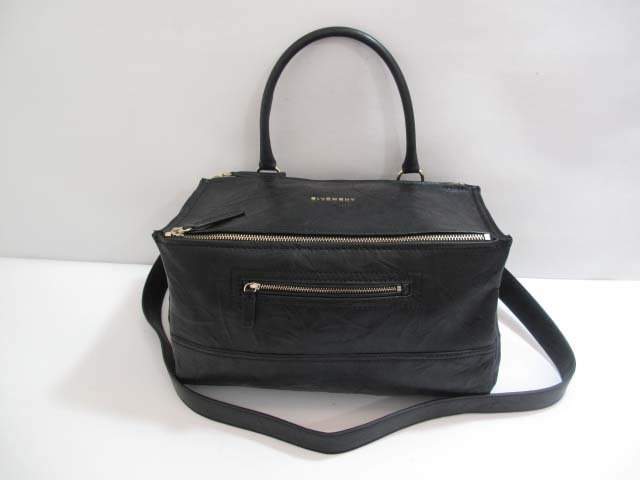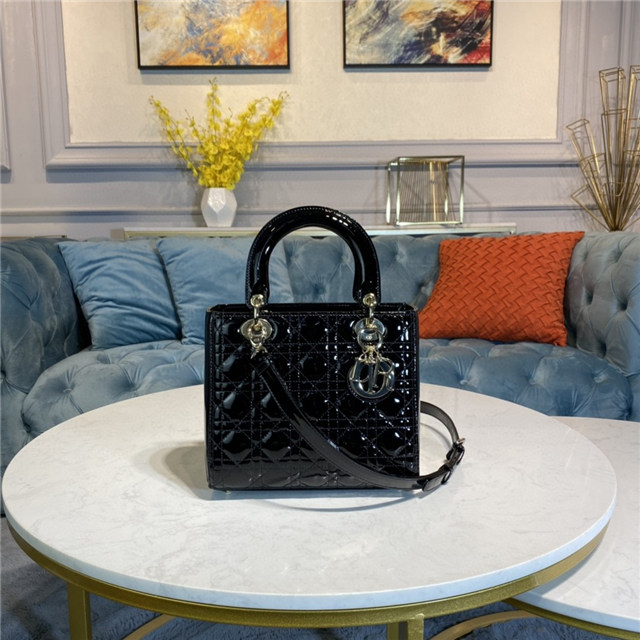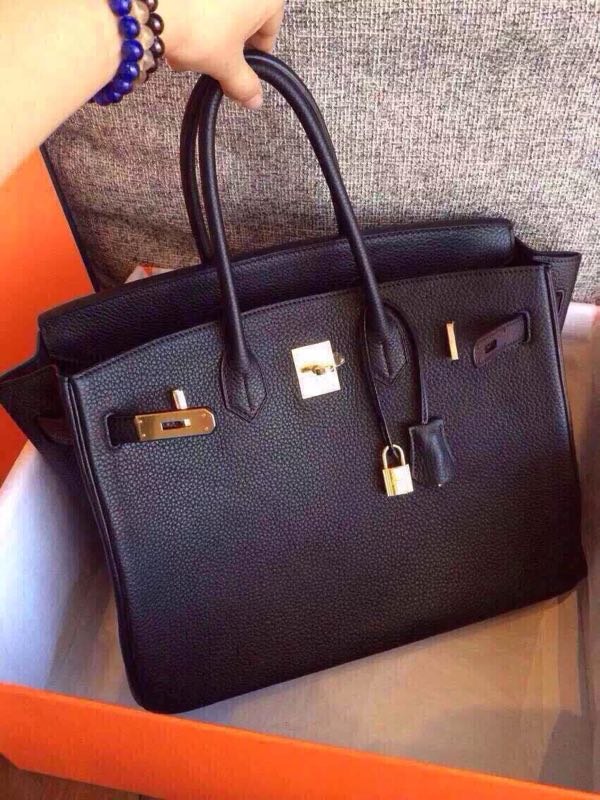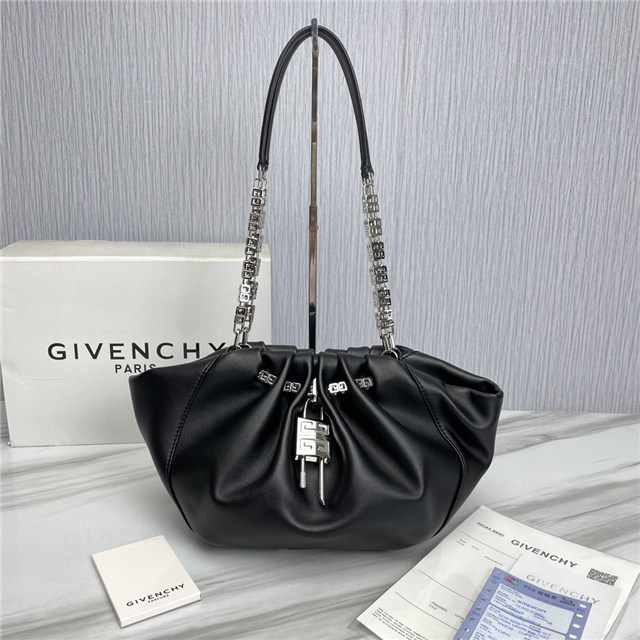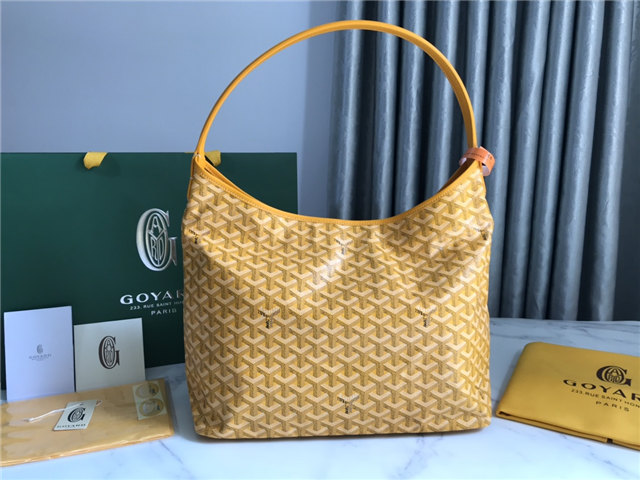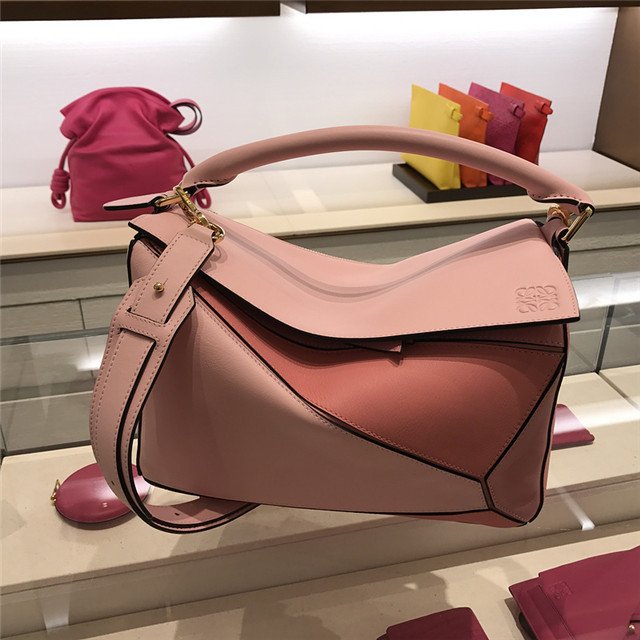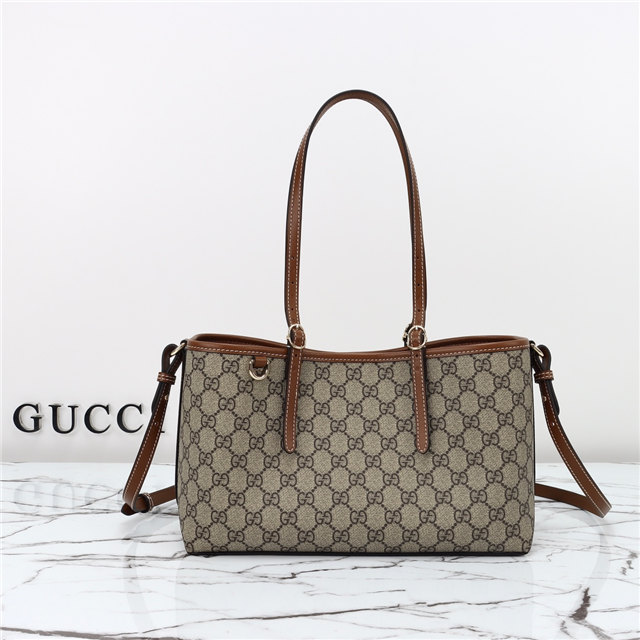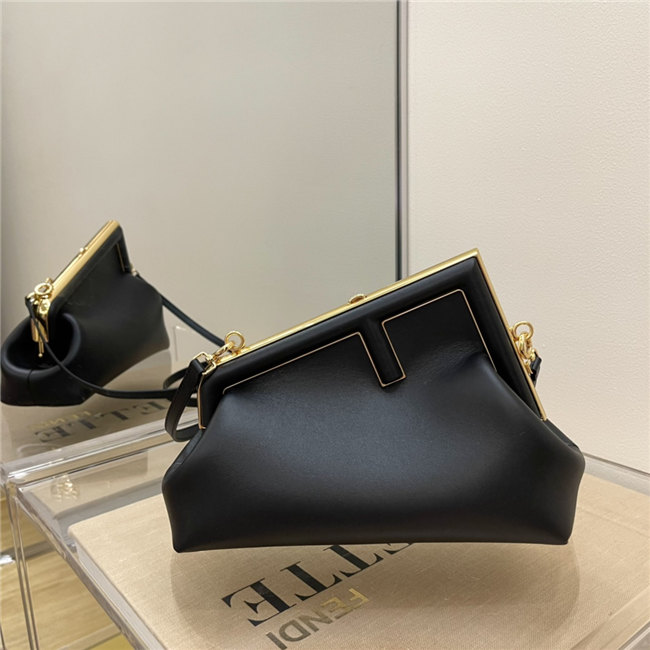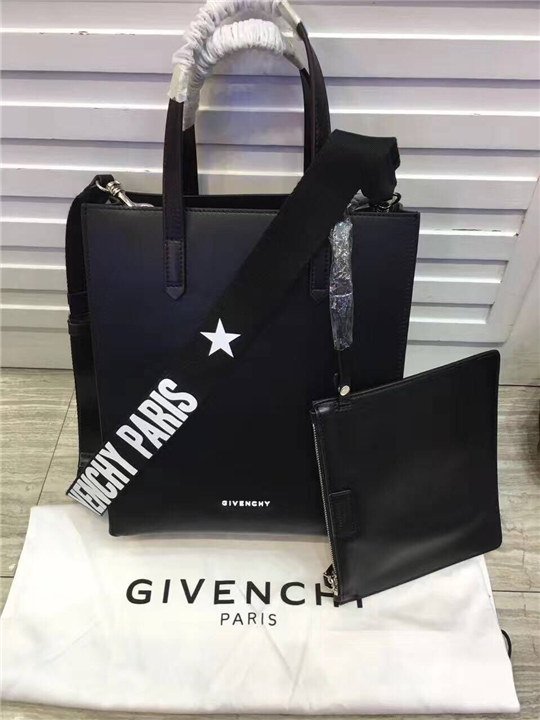First off, lemme just say, Chanel is *complicated*. They’re not just slapping their logo on some cheap knock-off. They actually *do* have in-house manufacturing, like, for the really fancy, complicated watches. But for a lot of their stuff, especially the J12 line, they’re buddy-buddy with the Swiss.
And this is where it gets… interesting. The articles keep mentioning Swiss movements being “assembled in Swiss,” which duh, right? But then there’s that weird line about “some watch movement parts are…” *missing*? Or maybe they’re just sourcing them from somewhere else? Who knows! It’s all so cryptic.
Okay, so we know they work with Swiss movement makers. One article mentions an ETA 2892 base with a C.O.S.C. certified chrono module. Honestly, that’s basically watch-nerd speak for “it’s a decent movement”. ETA is a pretty common supplier, so it’s not like they’re reinventing the wheel here. But the C.O.S.C. certification means it’s been tested for accuracy, which is cool. (Even if, let’s be real, most people buying a Chanel watch probably care more about the look than if it’s losing a second a day.)
And then there’s the whole quartz vs. mechanical thing. Chanel uses both! Quartz is battery-powered, mechanical is all gears and springs and whatnot. Mechanical is generally considered “fancier” and more traditional, but quartz is way more accurate and less maintenance. So, it really depends on what you’re after.
The J12 is the big one, right? Designed by Arnaud Chastaingt (who, let’s be honest, has a pretty sweet job), and “developed and assembled” at the Chanel Swiss Manufacture. Again, that “assembled” word. Hmmm. I’m sensing a pattern.
Look, here’s my take. Chanel’s playing a smart game. They get the cachet of being a luxury brand, but they’re not afraid to outsource the actual *guts* of the watch to the Swiss, who, let’s face it, are the masters of watchmaking. It’s probably cheaper, and it allows them to focus on the design and branding, which is where they really shine.



